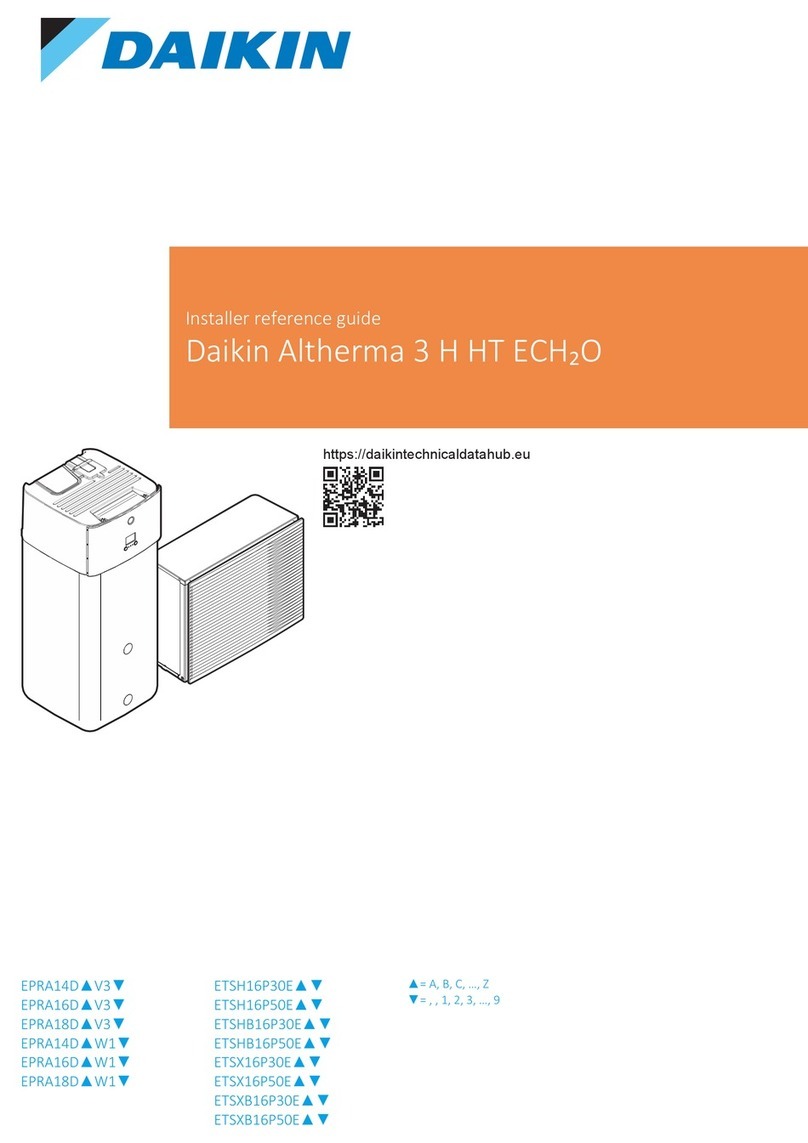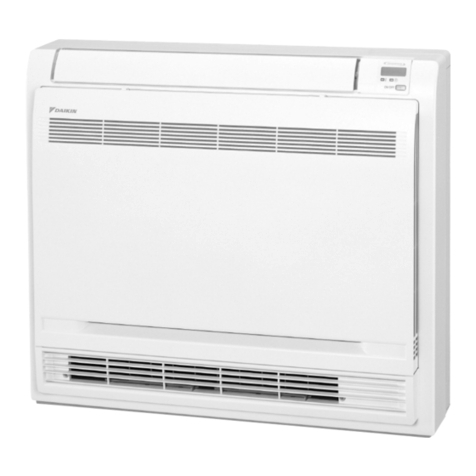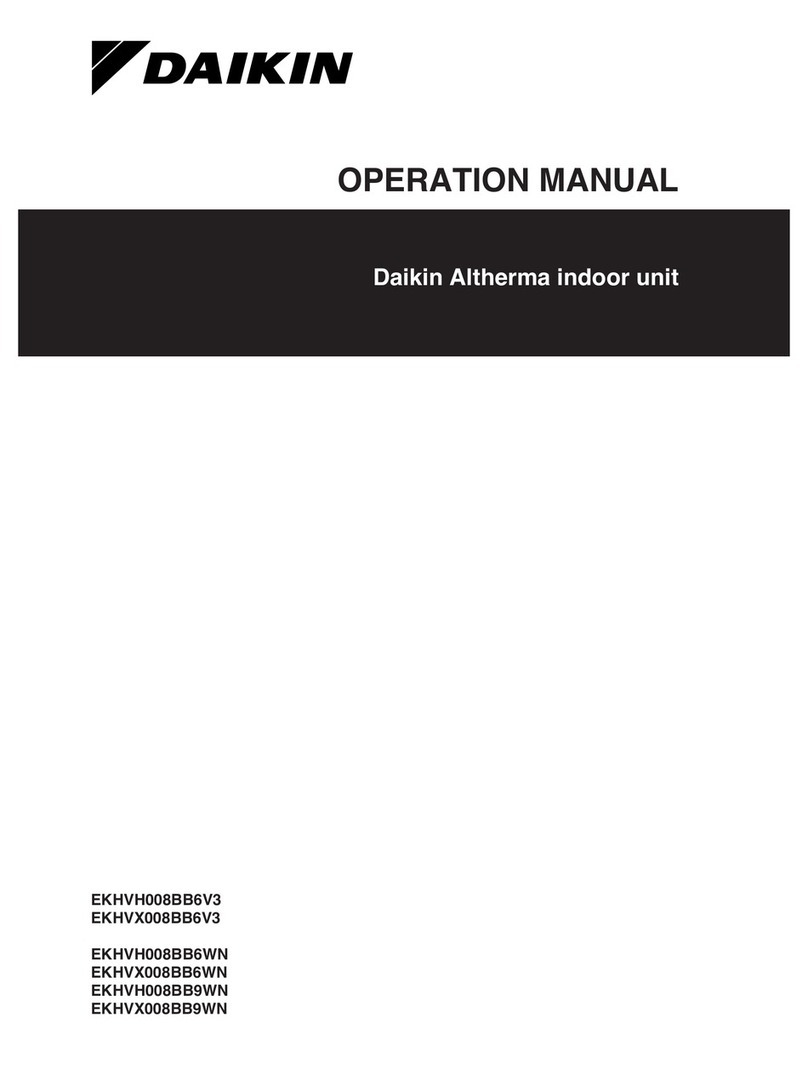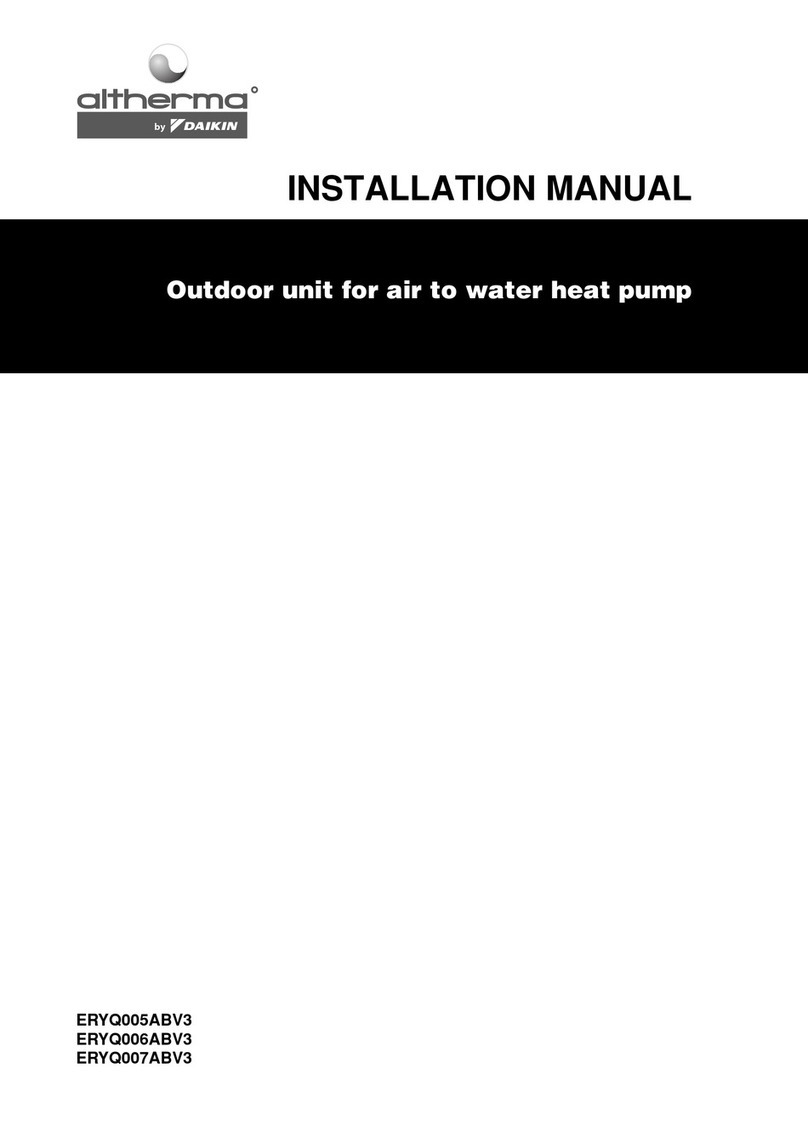Daikin DRG0361DL00001S Operating instructions
Other Daikin Heat Pump manuals

Daikin
Daikin FHC71KVE9 User manual

Daikin
Daikin Altherma 3 WS User manual
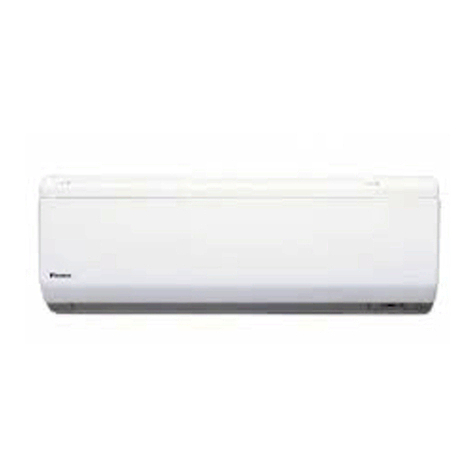
Daikin
Daikin FTXR28EV1B9 User manual
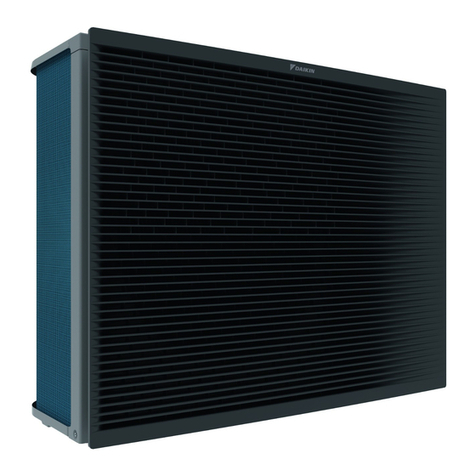
Daikin
Daikin Altherma 3 H HT Series User manual
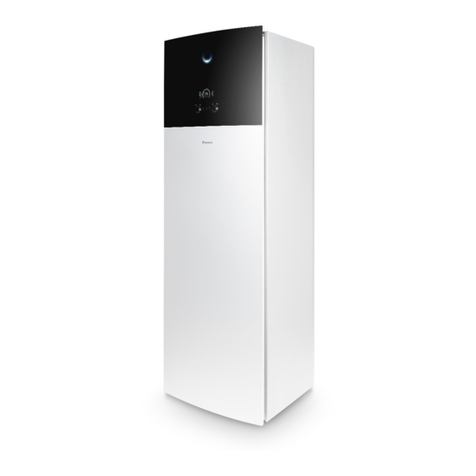
Daikin
Daikin Altherma 3 H HT F+W Product information sheet

Daikin
Daikin EHVH04S18CA User manual

Daikin
Daikin VRV HXY48TAVJU Dimension Guide
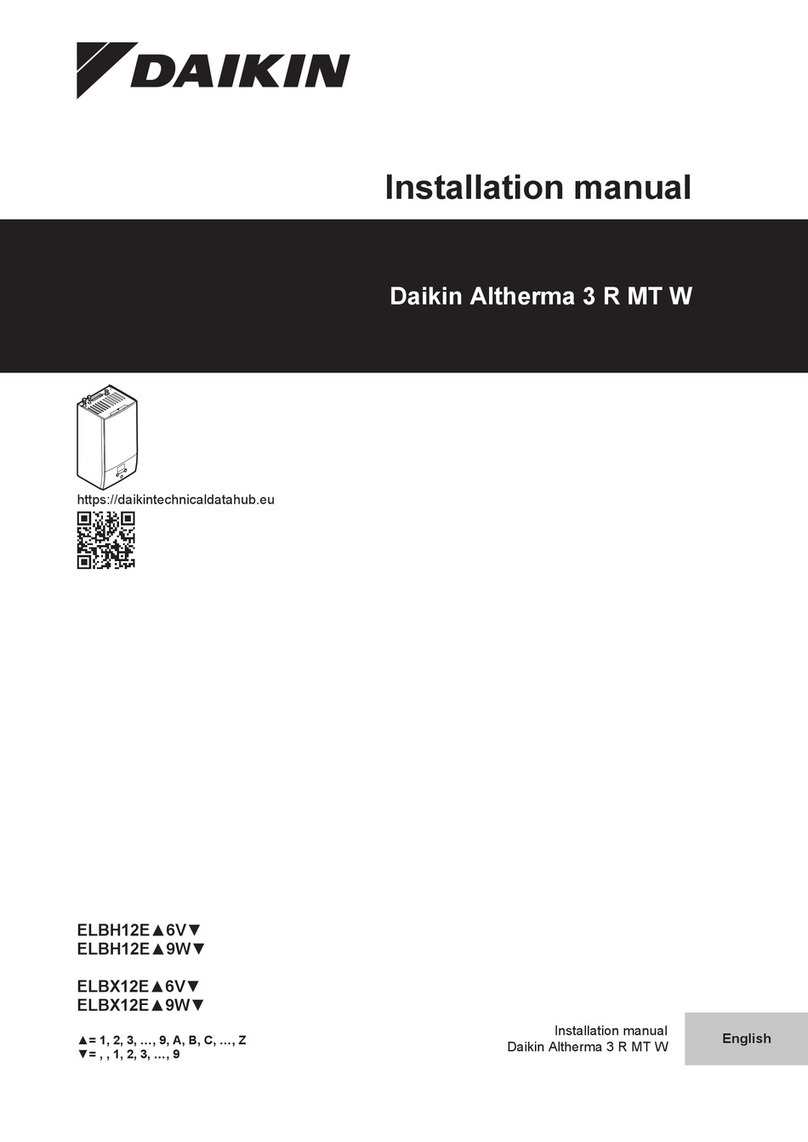
Daikin
Daikin Altherma 3 R MT W User manual

Daikin
Daikin 2MXS-N Series Dimension Guide

Daikin
Daikin EHYHBH05AA Product information sheet

Daikin
Daikin VRV IV+ Series User manual

Daikin
Daikin Quaternity RXG09HVJU User manual

Daikin
Daikin Altherma 3 GEO EGSAH06UD Series User manual

Daikin
Daikin EWAT016CZN-A1 User manual

Daikin
Daikin VRV III RXYQ5-54PY1 User manual
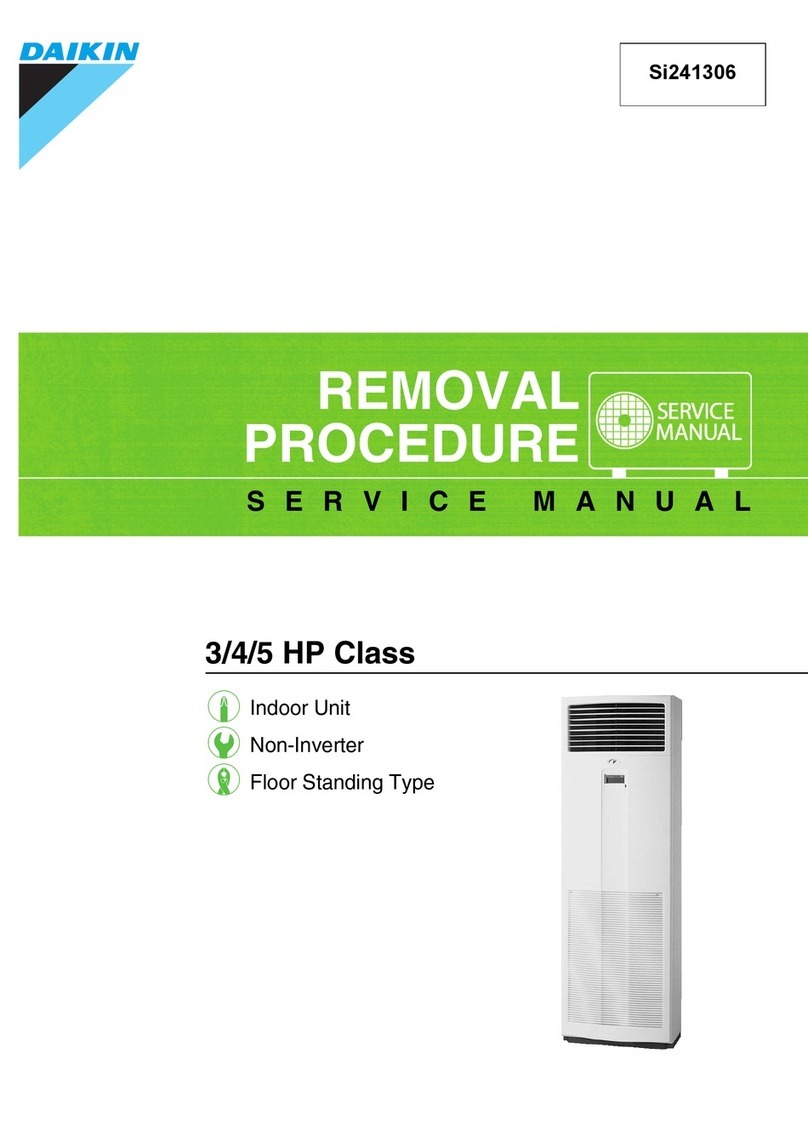
Daikin
Daikin FVY71LAVE User manual

Daikin
Daikin GYEQ20AN User manual

Daikin
Daikin FNQ25A2VEB User manual
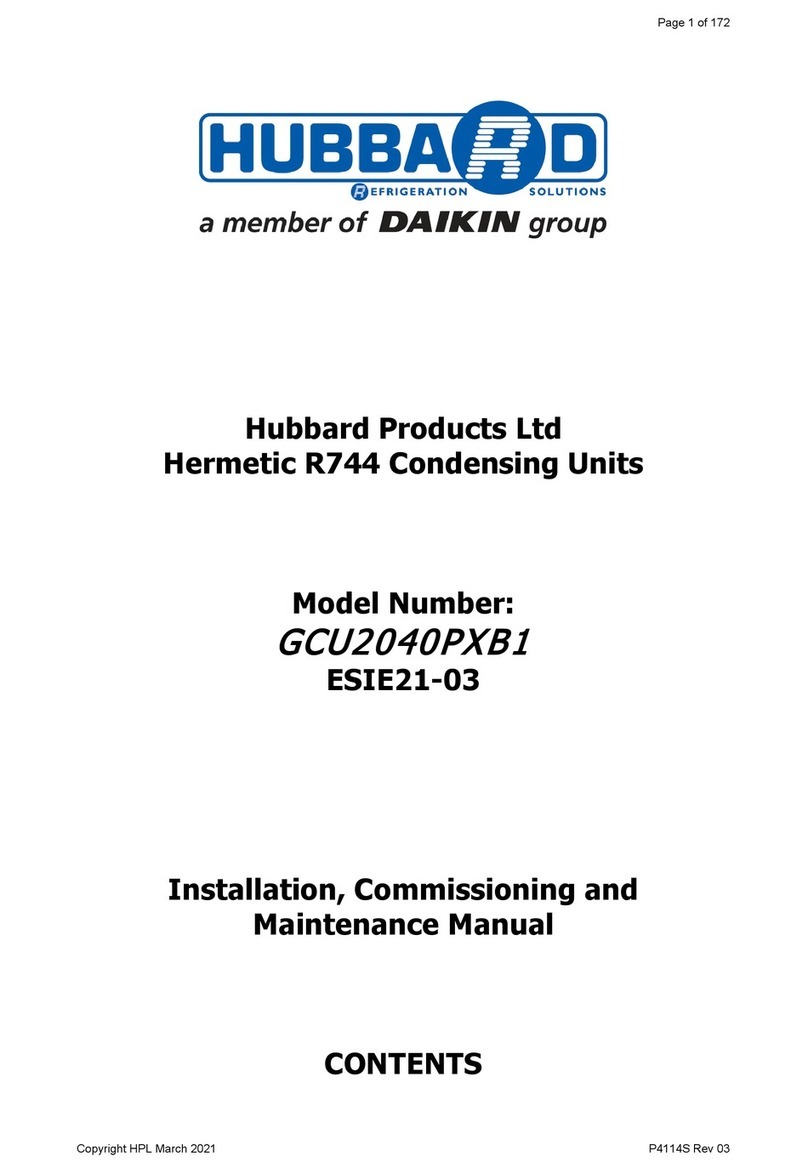
Daikin
Daikin Hubbard GCU2040PXB1 Guide

Daikin
Daikin RMXS-L Series User manual
Popular Heat Pump manuals by other brands

MICROWELL
MICROWELL HP 1000 GREEN Installation and user manual

Sanyo
Sanyo SAP120FCH Service manual

Panasonic
Panasonic WH-SDF03E3E5 Design handbook
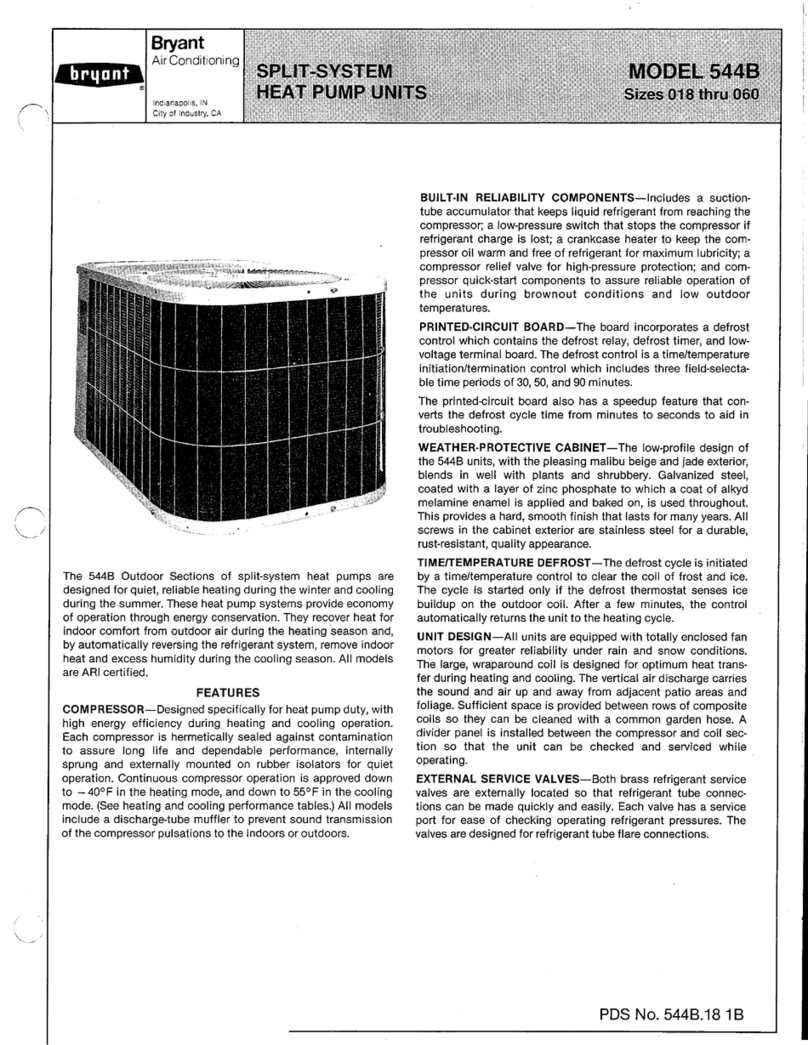
Bryant
Bryant 544B Specifications

Airxcel
Airxcel 45000 Series Installation, operation and maintenance instructions

Mitsubishi Electric
Mitsubishi Electric PUZ-SWM60VAA Service manual

Dimplex
Dimplex LI 16I-TUR Installation and operating instruction

Carrier
Carrier WSHP Open v3 Integration guide

TGM
TGM CTV14CN018A Technical manual

Carrier
Carrier 38MGQ Series installation instructions

Kokido
Kokido K2O K880BX/EU Owner's manual & installation guide

Viessmann
Viessmann VITOCAL 300-G PRO Type BW 2150 Installation and service instructions
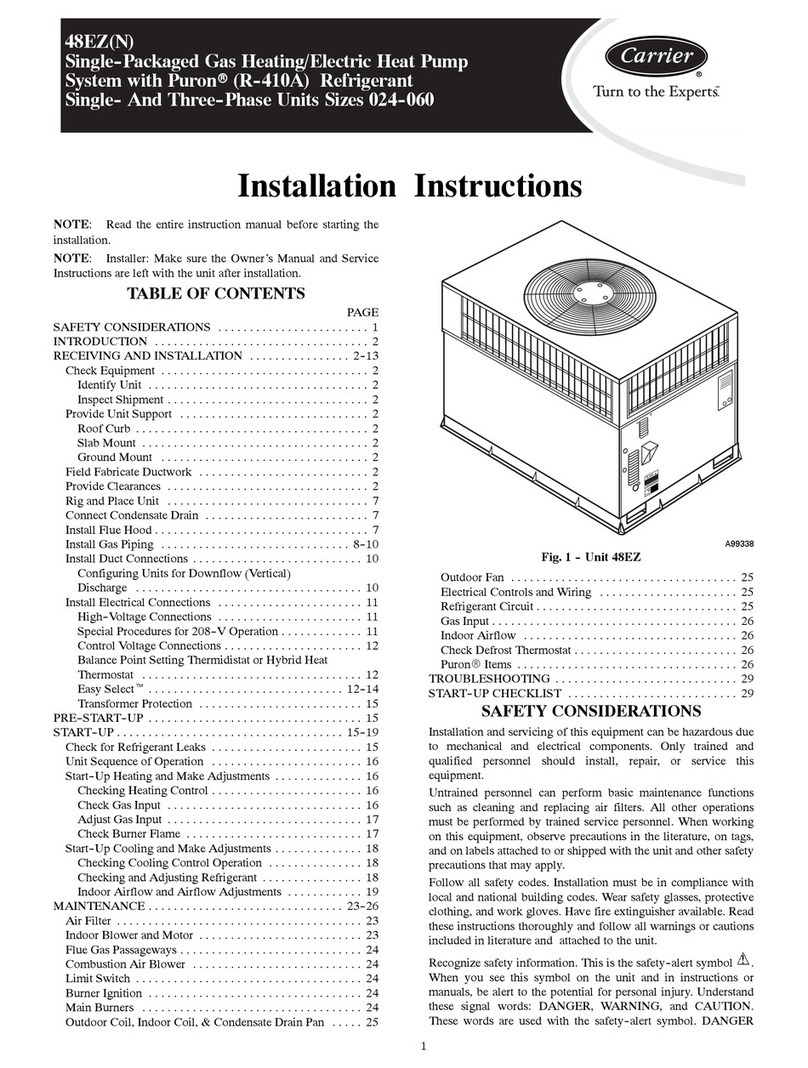
Carrier
Carrier 48EZN installation instructions
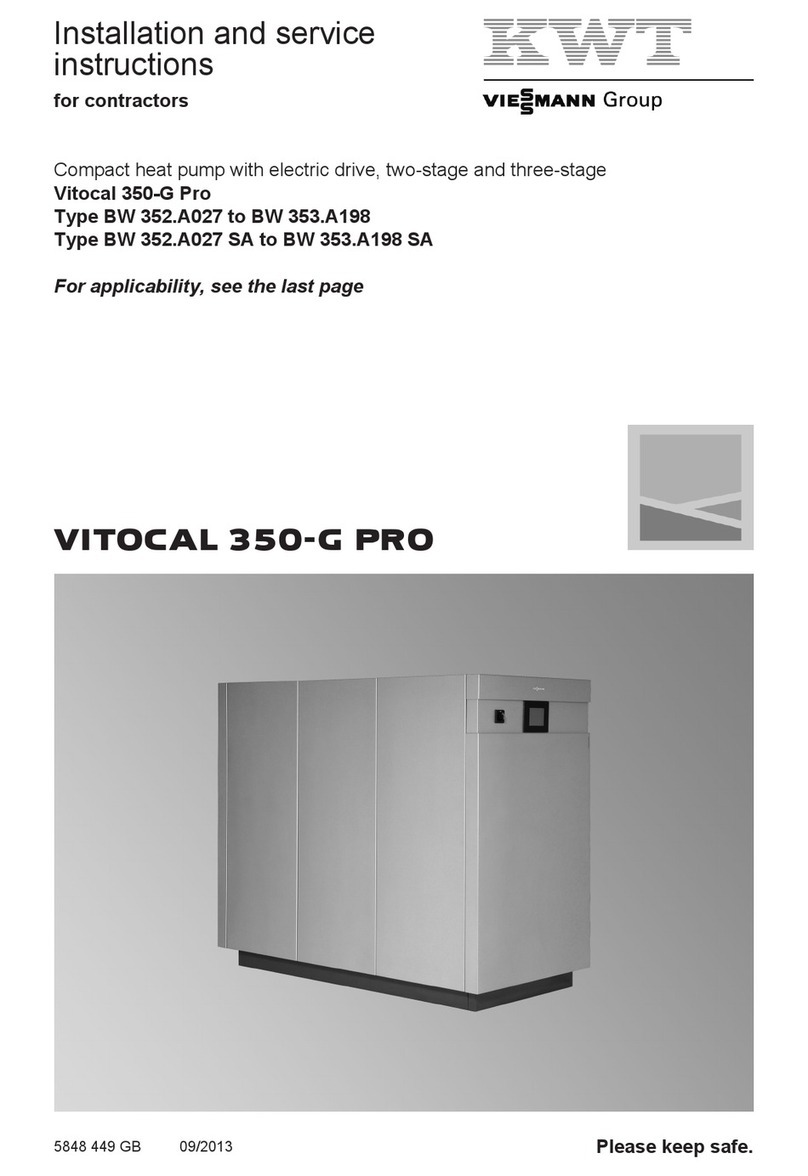
Viessmann
Viessmann KWT Vitocal 350-G Pro Series Installation and service instructions for contractors
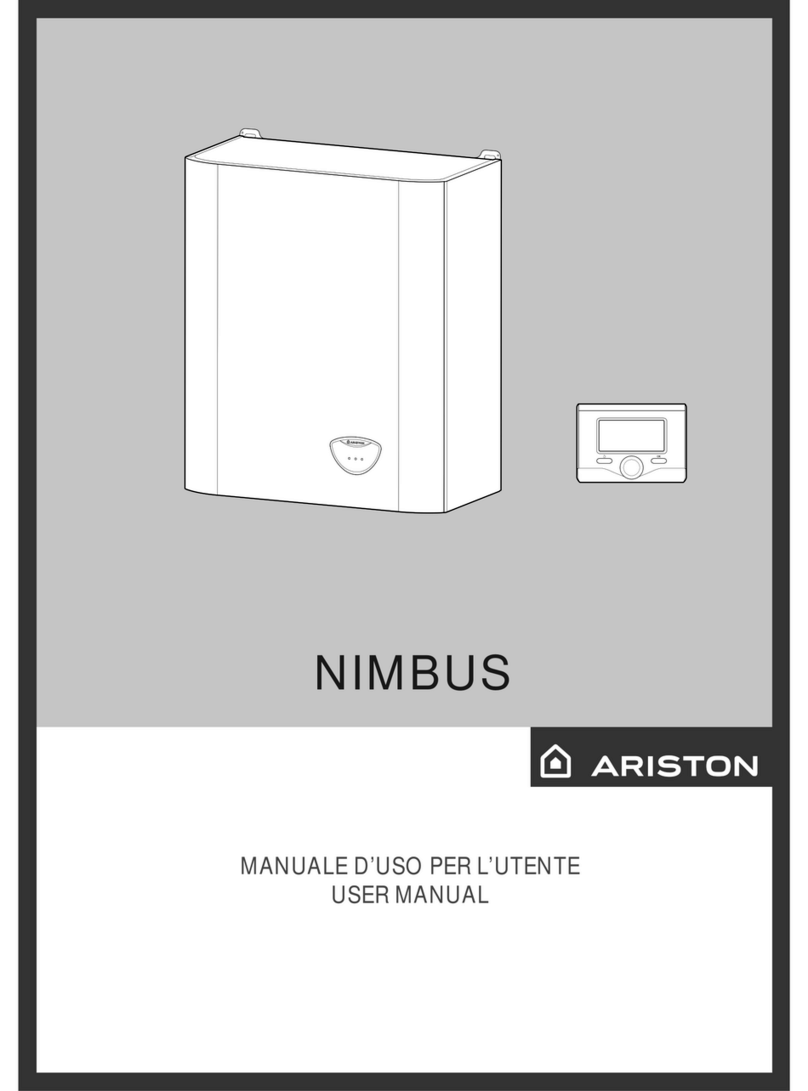
Ariston
Ariston NIMBUS user manual

Weishaupt
Weishaupt WWP L 7 Installation and operating instruction
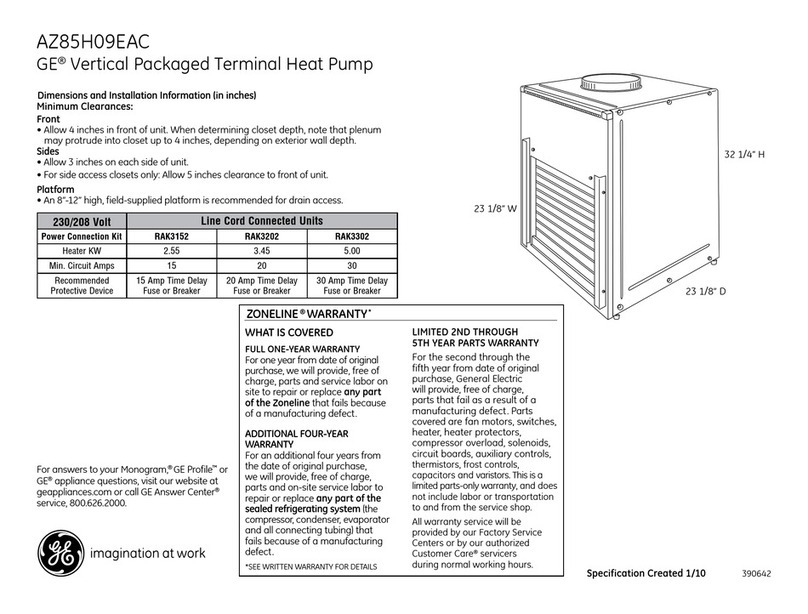
GE
GE Zoneline AZ85H09EAC datasheet
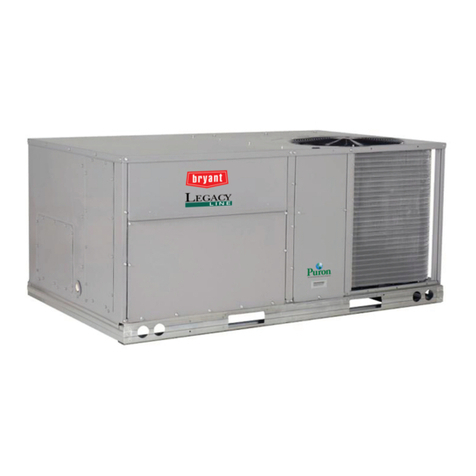
Bryant
Bryant Preferred Series installation instructions
